Purchase of coatings technology
Background
The buyer had conducted robust IP due diligence, including commissioning a patent attorney to produce a freedom to operate opinion to map out potential infringement risk. The buyer was proposing to seek licenses to mitigate the highest areas of risk, but wanted coverage for infringement risk arising out of lower-medium risk patents on a forward looking indemnity basis. The buyer’s main concern was to mitigate potential losses it would incur if such risks crystalized post completion after having invested in developing, manufacturing and distributing coatings based on the acquired technology.
Issue
A large European domiciled paints and coating manufacturer with a conservative risk appetite and experience of patent infringement litigation was purchasing hydrophobic coatings technology for use in the renewables and marine sectors. The main assets of the target business were paint formulations, trade secrets and know how and the purchaser wanted stronger covenants to protect them than those offered in the asset purchase agreement in the event of loss arising out of IP ownership and infringement challenges post completion.
Solution
Using the buyer’s freedom to operate opinion as a starting point, we conducted a thorough risk mapping exercise to understand the extent and scope of the potential exposure across all territories which the buyer was proposing to develop, market and sell the coatings. We also considered the buyer’s post completion plans and overlayed these into the our model of the future looking risk landscape in order to assess the risk and agree an appropriate risk management approach.
In addition to providing cover for the warranties agreed between the parties, we offered to cover forward looking infringement risk on an indemnity basis with the options to disapply buyer’s actual knowledge of matters disclosed in the disclosure letter and diligence documents under the policy, with requested limits up to £10,000,000. Further, we offered to cover the seller’s obligations under the APA for a period of four years to match the agreed post completion project plan.

